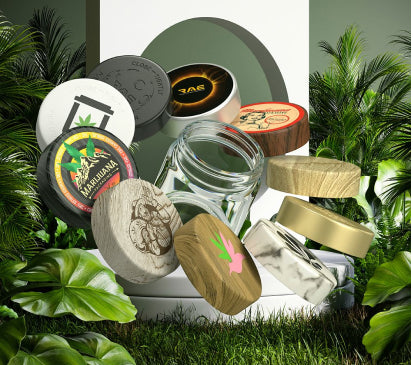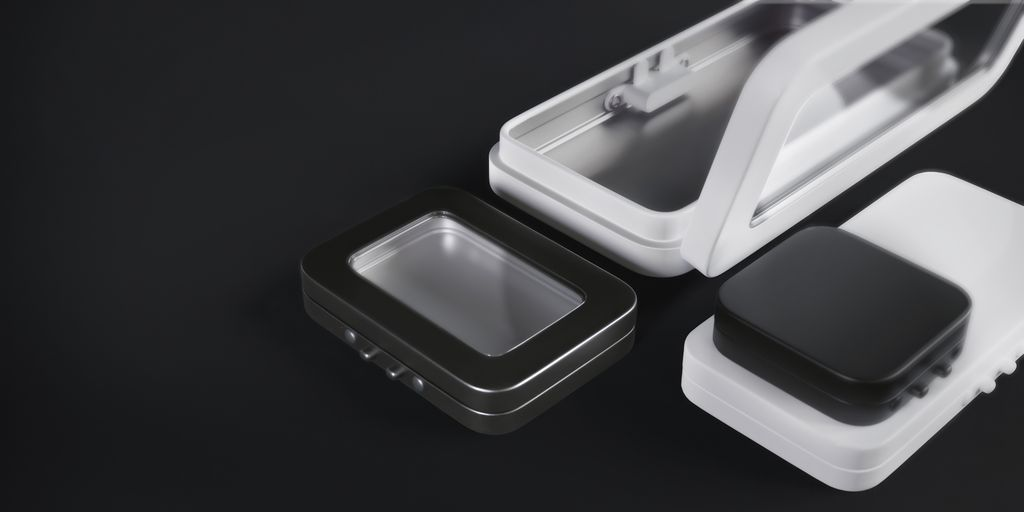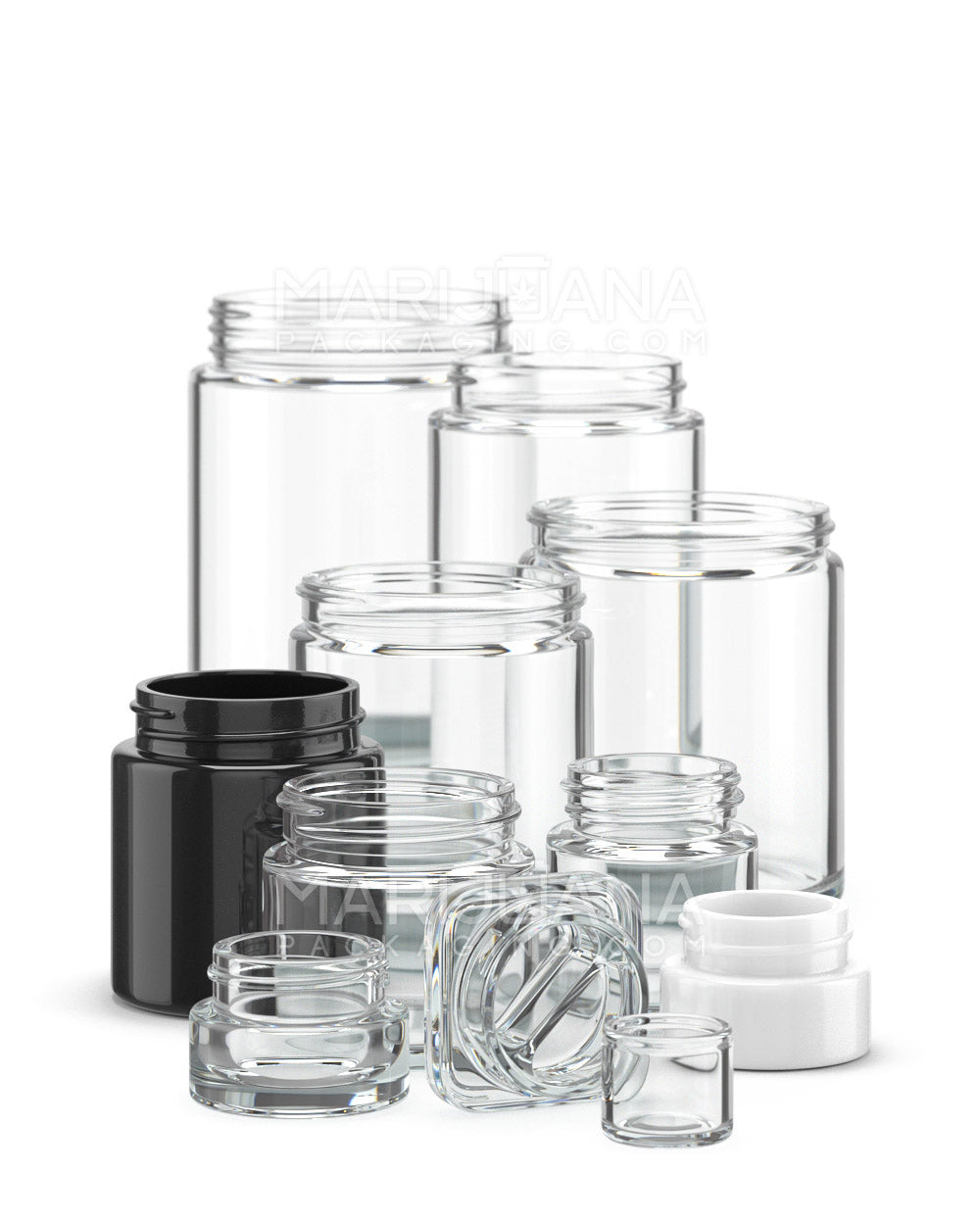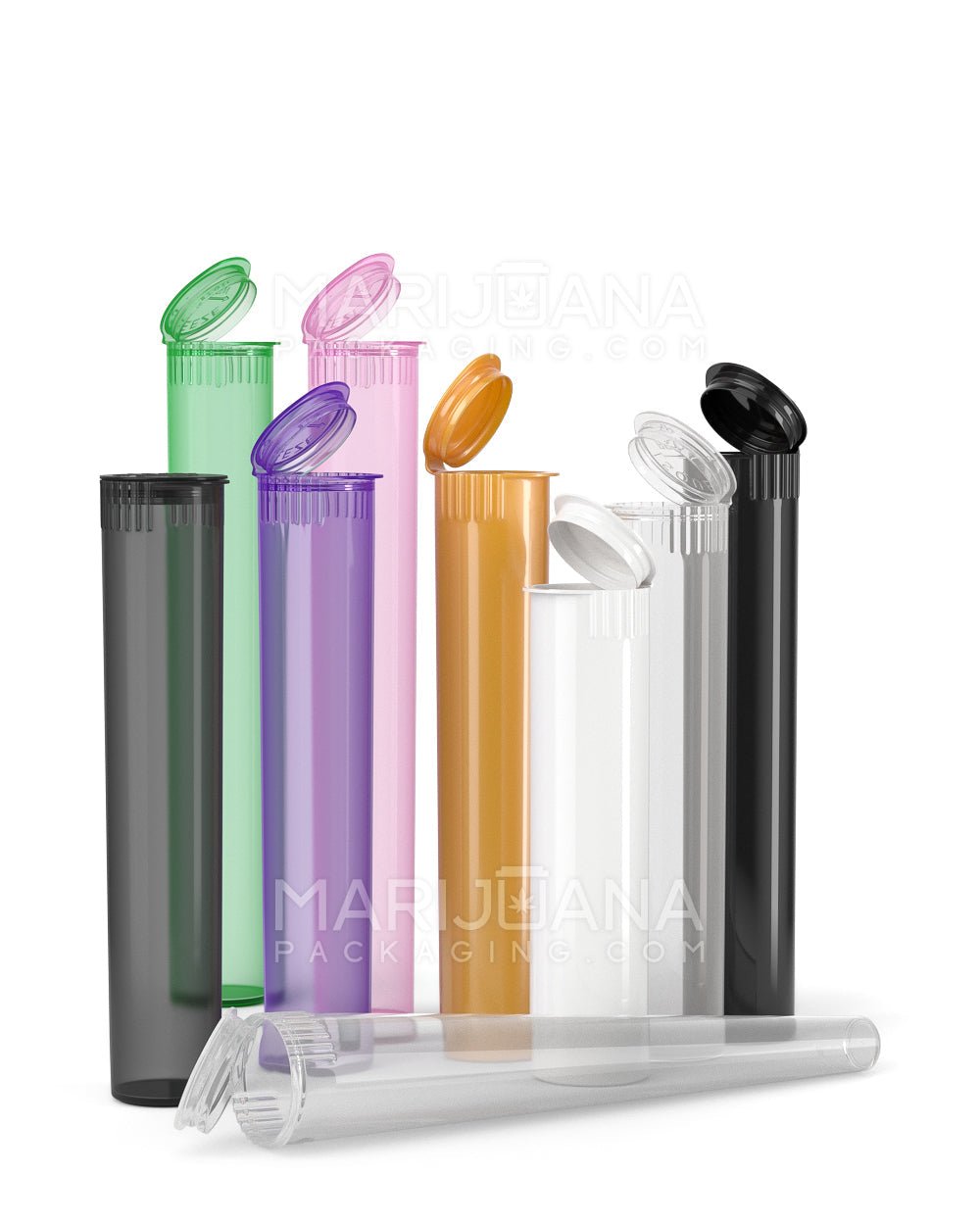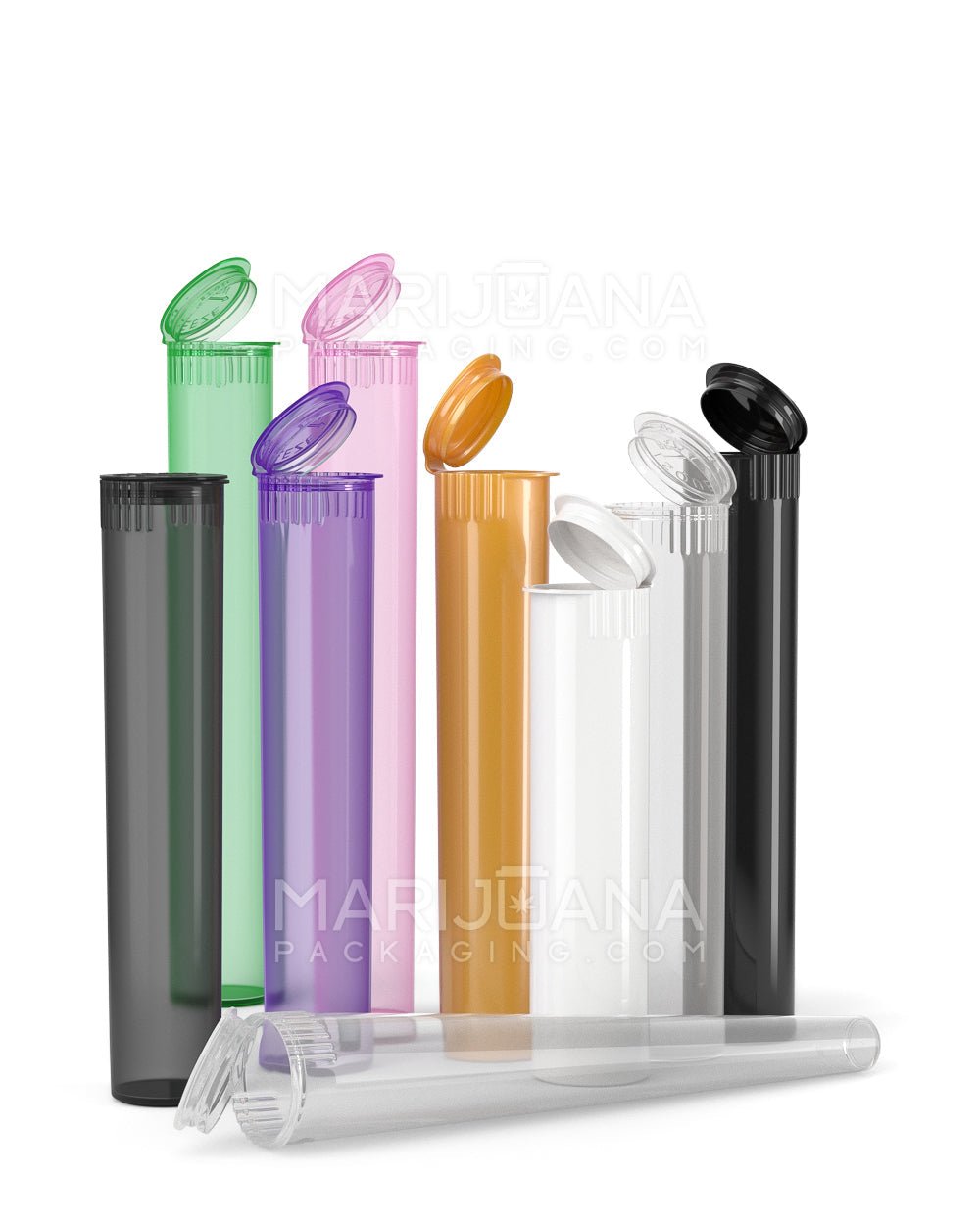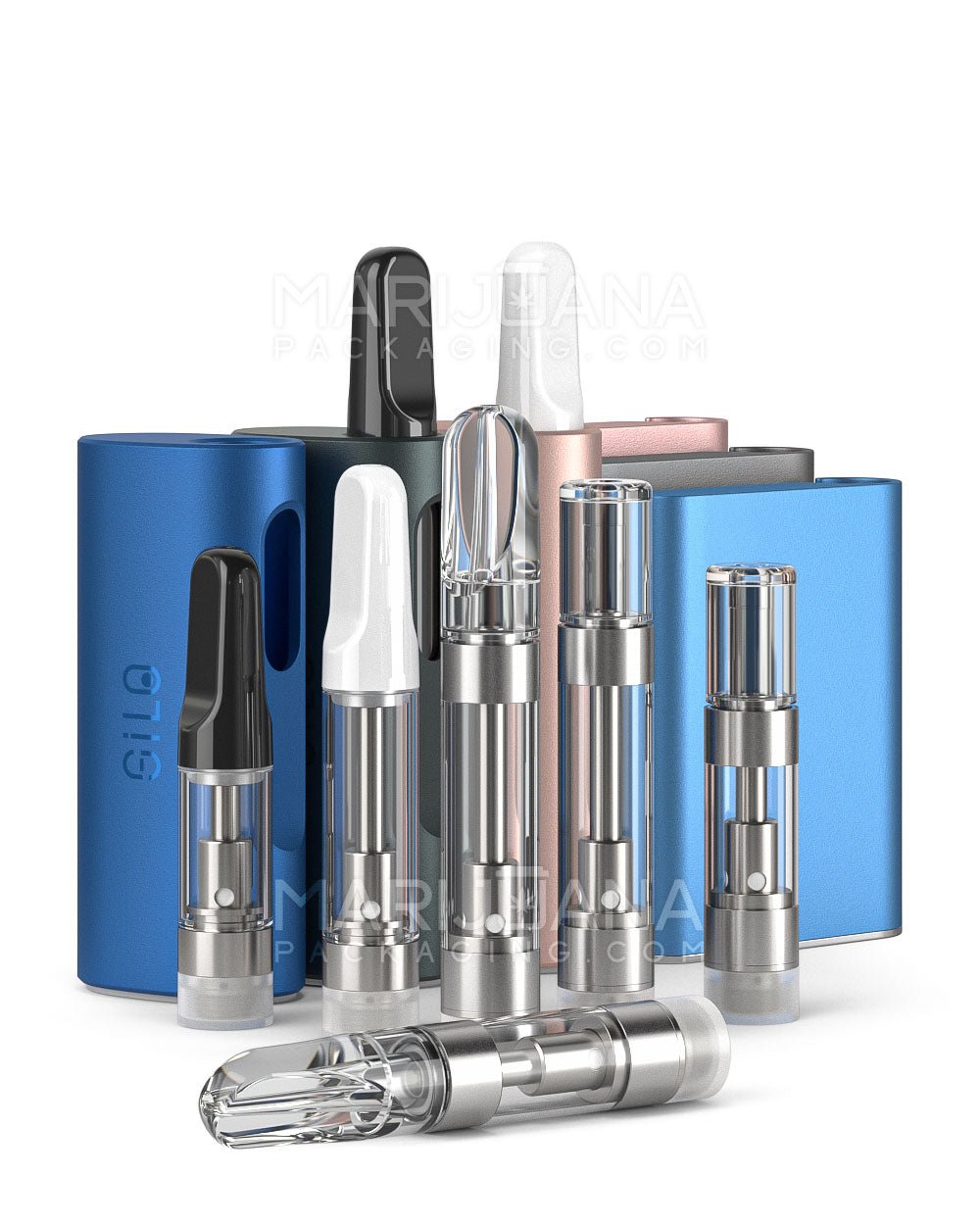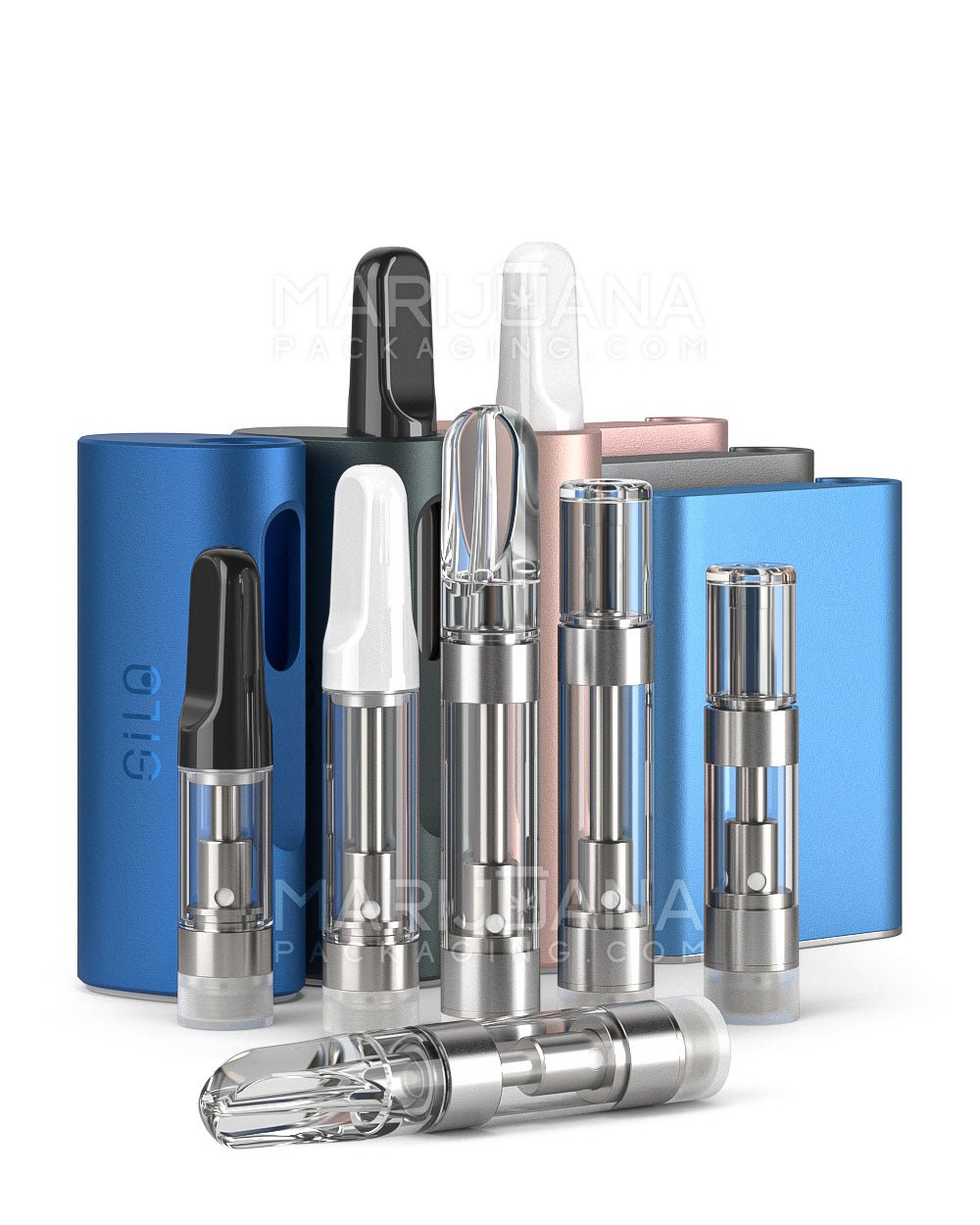Growing marijuana in your garden can be a rewarding hobby, offering both personal satisfaction and a deeper connection to nature. Whether you're a seasoned gardener or a curious beginner, cultivating marijuana outdoors requires some knowledge and preparation to ensure a healthy and bountiful harvest.
In this article, we'll cover everything you need to know to grow marijuana in your garden, from choosing the right strain and setting up your garden space to understanding the legal landscape and harvesting your plants. Let's dig into the details and get your green thumb ready!
Choosing the Right Marijuana Strain
The first step in growing marijuana is selecting a strain that suits your climate and personal preferences. Different strains thrive in different environments, so it's essential to choose wisely. Consider factors like your local climate, the space available, and your desired effects from the plant.
If you live in a cooler area, opt for strains that can withstand lower temperatures, such as Northern Lights or Blue Cheese. For warmer climates, strains like Durban Poison or Amnesia Haze are great choices. Additionally, consider whether you prefer a Sativa, Indica, or hybrid strain based on the effects you want to experience.
Research is your best friend here. Look into the characteristics of each strain, including growth patterns, flowering time, and potential yields. If you're unsure, local dispensaries often have knowledgeable staff who can offer recommendations based on your needs and location.
Understanding Legal Considerations
Before planting your first seed, it's crucial to understand the legalities of growing marijuana in your area. Marijuana laws vary significantly from state to state in the U.S., and sometimes even within different regions of a state. Some states allow home cultivation, while others have strict regulations or outright bans.
For example, in California, adults 21 and over can grow up to six plants per household, while in New York, home cultivation is limited to medical marijuana patients. Always check your state's current laws and regulations to ensure compliance. It's also wise to stay updated on any changes, as marijuana legislation is constantly evolving.
Remember, adhering to legal guidelines not only keeps you out of trouble but also supports the responsible growth of the cannabis industry as a whole. If you're unsure about the laws, consulting a legal expert or visiting your state's official government website can provide clarity.
Preparing Your Garden Space
Once you've selected your strain and ensured compliance with local laws, it's time to prepare your garden space. Location is key when it comes to growing marijuana, as plants require a specific environment to thrive.
Choose a spot that receives ample sunlight—at least six hours a day is ideal. If possible, select a location that's sheltered from strong winds and extreme weather. Good drainage is essential, so avoid areas that tend to flood or retain water.
Consider the soil quality in your chosen spot. Marijuana plants prefer well-draining, nutrient-rich soil. You might need to amend your garden bed with compost or other organic matter to improve soil quality. If the soil is particularly poor, consider using pots or raised beds filled with a high-quality soil mix.
Germinating Your Seeds
With your garden prepared, it's time to germinate your seeds. Germination is the process of getting your seeds to sprout, and there are several methods to achieve this.
One popular method is the paper towel technique. Simply place your seeds between two damp paper towels and put them in a warm, dark place. Check them daily and keep the towels moist. Once you see a small root emerging, it's time to plant them in soil.
Alternatively, you can plant seeds directly into soil. This method is more natural and reduces the risk of damaging young roots. Plant the seeds about a quarter-inch deep in moist soil and keep them warm and out of direct sunlight until they sprout.
Whichever method you choose, patience is essential. Germination can take anywhere from a few days to a week, depending on the strain and environmental conditions.
Planting and Caring for Seedlings
Once your seeds have germinated, they need a nurturing environment to develop into healthy seedlings. Transplant them into pots or directly into the prepared garden bed, ensuring the root is covered and the seedling is upright.
Water your seedlings gently and regularly, keeping the soil moist but not waterlogged. As they grow, they will require more water, especially during dry or hot spells. Be sure to monitor for pests and diseases, which can quickly damage young plants. Use organic pest control methods, such as neem oil or insecticidal soap, to protect your plants without harming the environment.
As your seedlings grow, you'll need to provide support and encourage strong root development. Consider using stakes or cages to support taller plants and prevent them from toppling over in heavy winds or rain.
Feeding and Fertilizing Your Plants
Marijuana plants require various nutrients to thrive, including nitrogen, phosphorus, and potassium. These elements play crucial roles in plant growth, flowering, and overall health.
During the vegetative stage, plants need a higher nitrogen content to support leafy growth. As they transition to the flowering stage, increase the phosphorus and potassium levels to support bud development.
There are many fertilizers available, from organic options like compost and worm castings to specialized cannabis nutrients. Whichever you choose, follow the instructions carefully to avoid nutrient burn, which can damage plants.
Pay attention to your plants' needs, as they may require different feeding schedules based on their growth stage and environmental conditions. Regularly check the leaves for signs of nutrient deficiencies or excesses, such as yellowing or browning.
Managing Pests and Diseases
Gardening comes with its fair share of challenges, and pests and diseases are among the most common. Keeping your marijuana plants healthy requires vigilance and quick action when problems arise.
Common pests include aphids, spider mites, and caterpillars. These critters can cause significant damage if left unchecked. Regularly inspect your plants and remove any pests by hand or using organic pest control solutions. Companion planting with marigolds or basil can also deter pests naturally.
Disease management is equally important. Powdery mildew and root rot are common fungal issues that can affect marijuana plants. Ensure good air circulation around your plants and avoid overwatering to prevent these problems. If you spot any signs of disease, remove affected plant parts immediately and consider using fungicides if necessary.
Harvesting Your Marijuana
After months of care and attention, it's time to harvest your marijuana plants. Knowing when to harvest is crucial for achieving the best potency and flavor.
The timing of your harvest depends on the strain and your desired effects. Generally, you'll want to harvest when the trichomes, tiny resin glands on the buds, have turned milky white with some amber hues. This indicates peak THC levels.
Use a magnifying glass to inspect the trichomes closely. Once you've determined it's time, cut the branches and hang them upside down in a cool, dark, and well-ventilated area to dry. This process usually takes about a week or two.
After drying, trim away excess leaves and store your buds in airtight jars for curing. Curing enhances the flavor and potency of your marijuana, so be patient and allow your buds to cure for at least a few weeks before enjoying.
Storing and Using Your Harvest
Proper storage is essential to maintain the quality of your marijuana after harvest. Keep your buds in airtight glass jars in a cool, dark place to preserve their potency and flavor.
Avoid storing marijuana in plastic bags or containers, as these can degrade the quality over time. Regularly check your stored buds for mold or other issues, especially in the first few months after harvest.
Once your marijuana is cured and stored, it's ready for use. Whether you prefer smoking, vaping, or making edibles, be sure to enjoy your homegrown product responsibly. Sharing with friends can also be a rewarding experience, showcasing the fruits of your labor.
Final Thoughts
Growing marijuana in your garden is a journey filled with learning and satisfaction. From selecting the right strain to enjoying your homegrown buds, each step is an opportunity to connect with nature and deepen your understanding of this remarkable plant.
For those looking to package their harvest or explore more about marijuana packaging solutions, Gamut offers a wide range of options tailored to your needs. With over a decade of expertise, Gamut provides stock options, custom designs, and industry-specific solutions, ensuring your product stands out in the market. Whether you're in need of jars, bags, or other packaging solutions, Gamut runs the gamut to meet your requirements and make your brand unforgettable.




